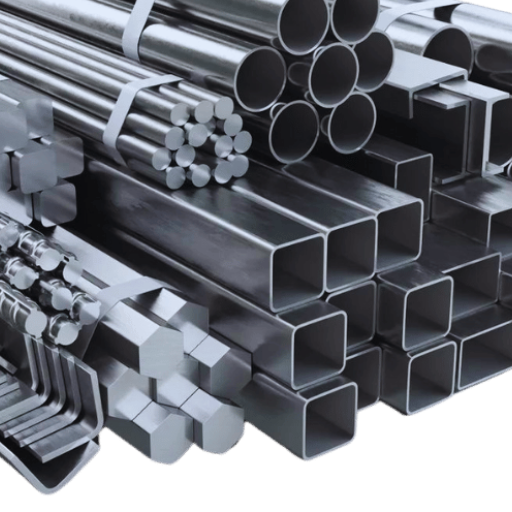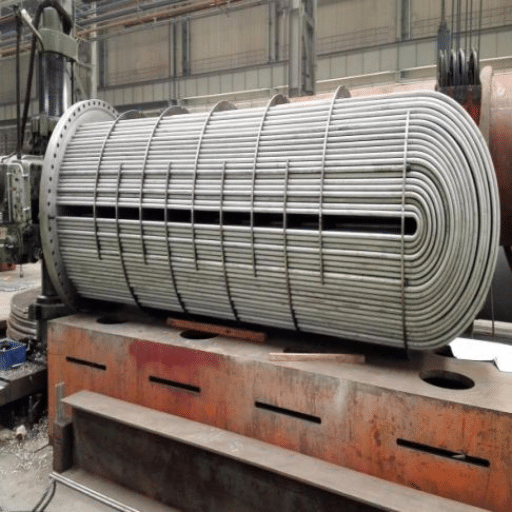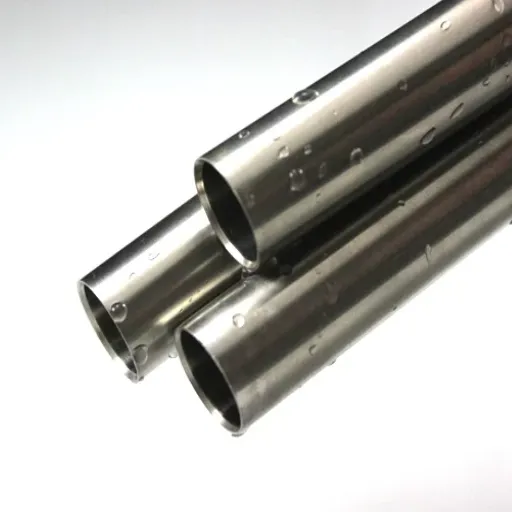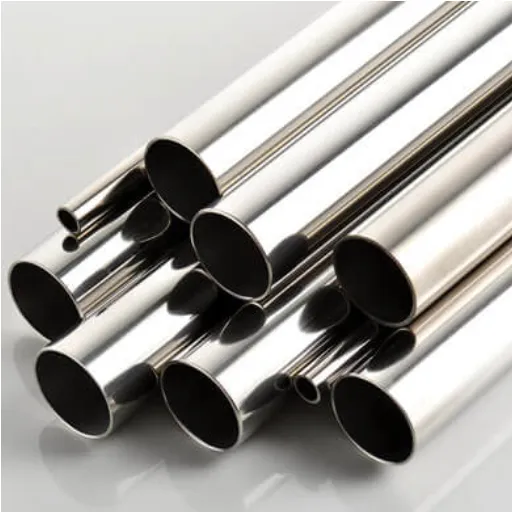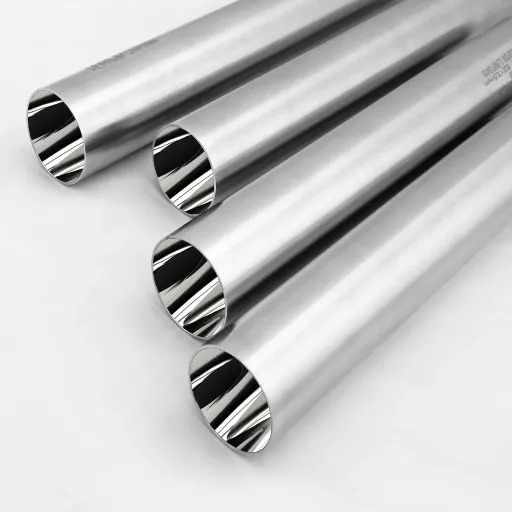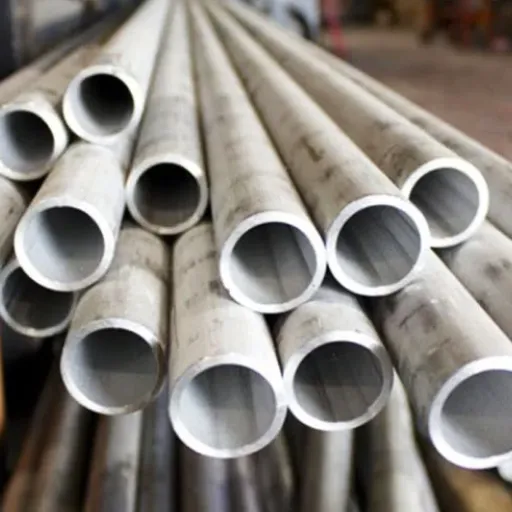Understanding Carbon Steel
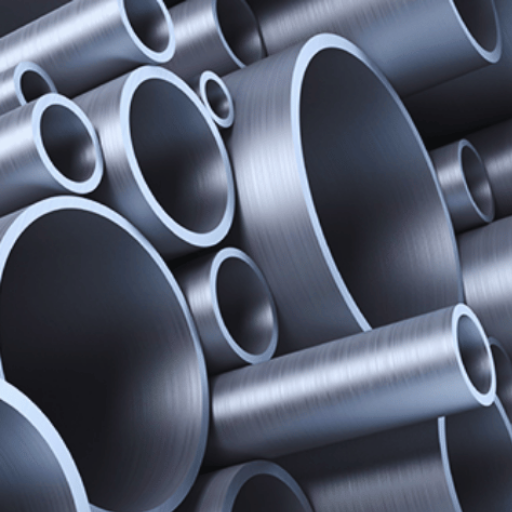
Composition of Carbon Steel
Carbon steel essentially consists of iron and carbon, with the carbon content usually varying from 0.05% to 2.1% by weight. The increase in carbon content leads to the increased hardness and strength of the steel, but in exchange, it loses the capacity to bend, becoming brittle. This gradual change in carbon content gives rise to the different types of carbon steel:
- Low-carbon steel: Contains up to 0.3% carbon (also referred to as mild steel). Highly versatile and easily worked. Used for construction materials, car body panels, and household equipment.
- Medium-carbon steel: Contains 0.3% to 0.6% carbon. Offers a good balance of strength and ductility. Applications include automotive parts, railway tracks, and structural components.
- High-carbon steel: Exceeds 0.6% carbon content. Strong and wear-resistant but less malleable. Used for tools, knives, and machining components.
Properties of Carbon Steel
Carbon steel boasts several key properties that make it valuable across various industries:
- High tensile strength: Excellent ability to resist deformation under load
- Hardness: Resists surface deformation, ideal for cutting tools and machinery
- Thermal conductivity: Efficient heat transfer properties for cookware and heat exchangers
- Workability: Can be modified through heat treatment (quenching and tempering)
- Cost-effectiveness: Affordable and widely recyclable
High Carbon vs. Mild Steel Comparison
| Aspect | High Carbon Steel | Mild Steel |
|---|---|---|
| Carbon Level | 0.6%-1.5% | 0.05%-0.25% |
| Tensile Power | High | Moderate |
| Rigidity | High | Low |
| Flexibility | Low | High |
| Joining Ease | Poor | Good |
| Expense | Higher | Lower |
| Rust Resistance | Poor | Poor |
| Usage | Tools, Blades | Construction |
Rust Formation in Carbon Steel
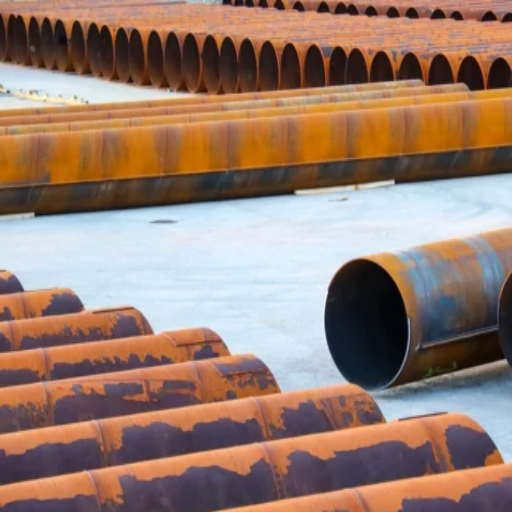
Factors Contributing to Rust
Rust formation in carbon steel occurs via a chemical process known as oxidation: the reaction of iron with oxygen in the presence of water. The main rust-causing factors include:
- Presence of Moisture: Extended exposure to water, humidity, or damp conditions accelerates oxidation
- Availability of Oxygen: Areas with abundant oxygen are more prone to rust formation
- Temperature Conditions: Varying temperatures can cause steam condensation on steel surfaces
- Exposure to Salts or Chemicals: Saline environments and acidic substances greatly accelerate corrosion
- Surface Coatings: Unprotected carbon steel (without paint, oil, or galvanization) rusts faster
- Air Pollutants: Industrial pollutants like sulfur dioxide promote rust through chemical reactions
Environmental Conditions and Humidity
Environmental conditions, particularly humidity, play a major role in carbon steel corrosion. Research shows that rust appears much faster on carbon steel in environments where relative humidity exceeds 70%, since moisture aids in oxidation processes.
Temperature combines with humidity to create accelerated effects on rust development. Coastal regions present particularly challenging conditions due to the combination of high humidity and salt-laden air acting as electrolytes.
Carbon Steel vs. Stainless Steel: Rust Resistance
| Aspect | Carbon Steel | Stainless Steel |
|---|---|---|
| Rust Resistance | Poor | Excellent |
| Key Element | Carbon | Chromium |
| Protective Layer | None | Chromium Oxide |
| Durability | High Strength | High Corrosion Resistance |
| Maintenance | High | Low |
| Applications | Tools, Blades | Medical, Food Industry |
Preventing Rust in Carbon Steel
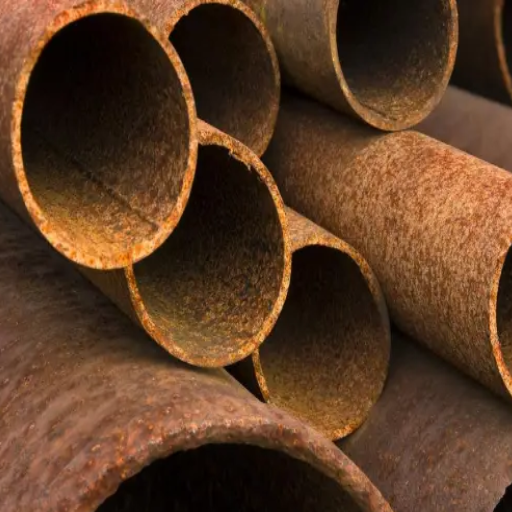
Protective Coatings and Treatments
Several protective methods can significantly extend carbon steel’s lifespan:
- Oil or Polymer Coatings: Create a barrier against moisture and oxygen
- Painting: Cost-effective option for large surfaces with long-lasting weather protection
- Galvanization: Zinc coating acts as sacrificial protection, rusting instead of the steel
- Powder Coating: Offers robust, durable protection with superior adhesion
- Alloying Treatments: Adding elements like nickel or chromium during steelmaking
- Surface Treatments: Nitriding and phosphating create chemically protective layers
Regular Maintenance Practices
Proper maintenance is essential for carbon steel longevity:
- Routine Inspections: Check for early corrosion indicators like discoloration or pitting
- Surface Cleaning: Remove dirt, salts, and industrial by-products that promote rusting
- Protective Coatings: Apply rust inhibitors and periodic protective layers
- Environmental Control: Maintain dry, well-ventilated storage conditions
- Documentation: Keep detailed records of inspections and treatments for trend analysis
Optimal Storage Conditions
Proper storage is fundamental to maximizing carbon steel component life:
- Maintain dry, well-ventilated environments with controlled temperature
- Use moisture absorbers like silica gel or dehumidifiers
- Avoid contaminants such as dirt, oils, or chemicals
- Use protective packaging or coatings to prevent environmental contact
- Implement IoT-based environmental monitoring systems for continuous parameter tracking
Applications of Carbon Steel
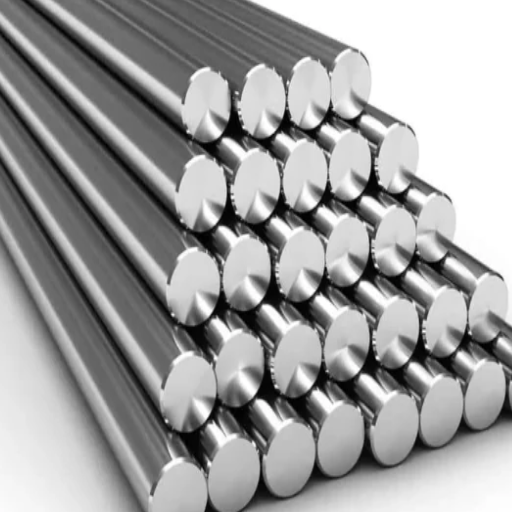
Carbon Steel in Construction
Carbon steel is indispensable in construction due to its:
- High strength and durability for building frames and infrastructure
- Ability to bear heavy loads and resist deformation under stress
- Versatility in fabrication – can be shaped into various forms and thicknesses
- Cost-effectiveness and recyclability for sustainable construction practices
Automotive Manufacturing Uses
In automotive manufacturing, carbon steel provides:
- Excellent strength for body panels, chassis, and reinforcements
- Impact absorption capabilities for safety
- Cost-effective alternative to aluminum or titanium
- Recyclability supporting circular economy practices
- Advanced high-strength steel (AHSS) variants for weight reduction and fuel efficiency
Tool Production and Durability
Carbon steel excels in tool production because of:
- Excellent strength-to-weight ratio and adaptability
- Heat treatment capabilities for desired hardness and toughness
- Wear resistance for cutting tools, drill bits, and hammers
- Performance under extreme conditions (high temperatures and heavy loads)
- Sustainability through reclamation and reprocessing programs
Advantages and Disadvantages of Carbon Steel
Affordability and Availability
Advantages:
- One of the most cost-effective materials available
- Abundant global production (China produces over 50% of the world’s crude steel)
- Wide variety of grades and specifications available
- Established supply chains minimize interruption risks
- Highly recyclable, supporting sustainable practices
Corrosion Susceptibility in Harsh Environments
Disadvantages:
- Poor natural corrosion resistance
- Rapid deterioration in harsh environments with moisture and chemicals
- Requires additional protective measures, increasing overall costs
- Electrochemical reactions can lead to system failures
- Higher maintenance requirements compared to stainless steel
Frequently Asked Questions
References
- Metal Dusting Corrosion of Carbon Steel – A Comprehensive Study on Corrosion Mechanisms, including rusting of carbon steel
- American Iron and Steel Institute Research – Insights into corrosion behavior of carbon steels under specific humidity conditions
- Microbiologically Influenced Corrosion of 1018 Plain Carbon Steel – Investigation of carbon steel corrosion in various environments, including biodiesels

